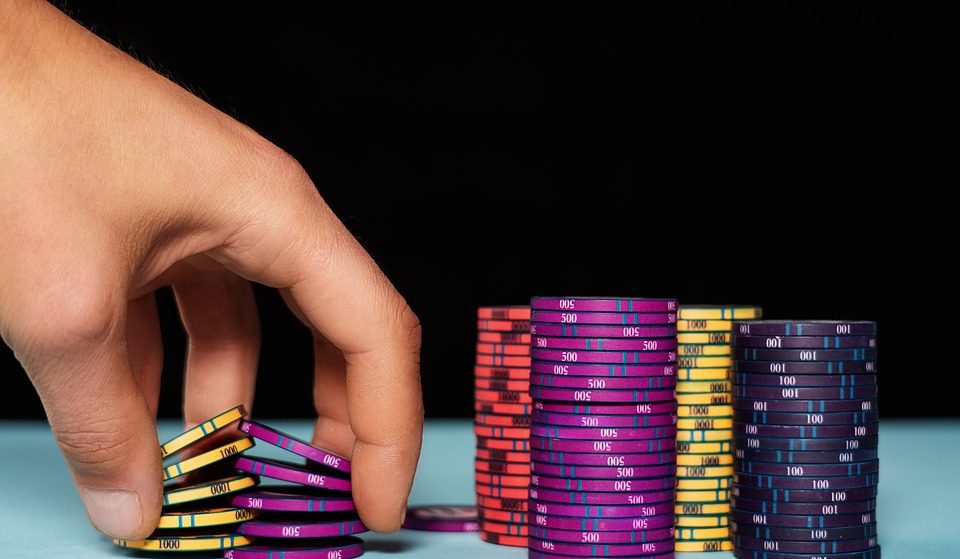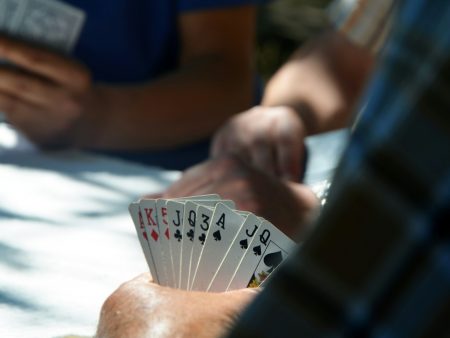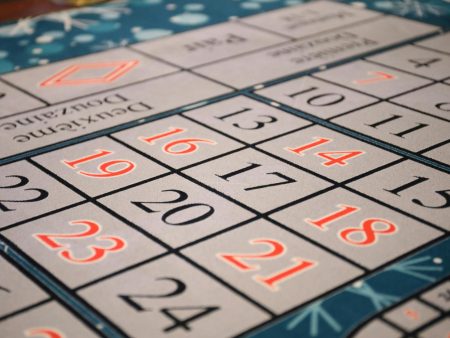

If you have been playing poker for a long time, then there must have been times when you have raised the pot without any reason. This tactic intimidates the opponent so that they can fold and the player can win the current pot.
The percentage of successful folds after such odd bets is called Fold Equity. This is a simple concept that has always been in use. The simple act of dominating an opponent by raising the stake is called Semi-bluffing.
Fold Equity is a great trick to use when you want to prolong the game by drawing community cards. It requires maturity and skills for perfect execution. If you are interested to know more about this concept, read through this article to find all the relevant information in this domain.
The Concept
As a concept, Fold Equity has benefitted the game by allowing the players to experiment creatively. If the gameplay were devoid of this concept, each unconnected hand would have invited a fold.
The inclusion of these theories also forces the players to think statistically. They conduct a proper analysis and then move ahead with their strategy. Most seasoned players have a tendency to bluff to keep the momentum going.
The fold Equity concept is usually more prominent in no cap games where the players can bet without restrictions. Some players also use it as a tactical weapon in tournaments.
What Influences Your Fold Equity?
Fold Equity is readily determinable after the successful scrutiny of a few criteria. These items are listed below for your reference.
Your Table Persona
Your table image will be determined on the basis of your consistency as a player. If you have been winning with the help of good hands, all the other players will have a good reason to believe your confident bets.
On the other hand, if you have been playing like a fish without analyzing the game, your fold equity will be drastically less. You should avoid bluffing much in such conditions to prevent losses.
Your Opponent’s Persona
If you want your opponent to fold at your cues, you will have to deep dive into their mental horizon. A player’s personality is directly proportional to their playing style, and therefore you should craft your strategies accordingly.
If you are facing a player that has been consistent with their bets, you may not want to choose bluffing as a way out of difficult situations.
Your Opponent’s Capacity
Willpower is not enough to continue a game of poker. Your opponents must have the required amount of funds to sponsor their moves.
If your opponent falls short on liquidity, you can attack them with raises to make them fold.
Self Analysis
Before assessing someone else’s fortress, you should run a round of introspection amongst yourself. If you have surplus funds, you can take the risk of bluffing around.
On the contrary, if you are running low with the chips, the more intelligent choice will be to fold and preserve the remaining amount for a more substantial hand.
The Number Of Opponents
As the number of people starts rising on the table, your efficiency to bluff will start reducing. This happens for the simple reason that odds of victory become bleak. Most people tend to play more when they have a solid opening hand.
This trick can have negative consequences that can rob the player early in the game. Therefore, you should avoid doing it when the table is full of players.
Bet Sizing
Your maturity in play will also affect the success of your trick. If you raise the pot to an unreasonably high amount, most players will feel suspicious. The chances of your bluff getting called out will also rise significantly.
Therefore, it is crucial to match the pace of the table while introducing the raises. This will add to your credibility score and will also improve your chances of winning.
Stage Of The Tournament
The stage of the tournament will also hold an important stance while you develop your strategy for the table. If you can find certain players that can be isolated and attacked, you can play your moves to extract more money from them.
Tournament Pre-Flop Shoving
The decision of going all in or not might haunt you many times during a day’s play. To deal with these moments of horror, you can take a deep breath and analyze the weather on the table. If you correctly ascertain the remaining hands of other players, you will be able to make a more thoughtful decision.
The statistics of the opponents help the player to analyze their risk taking abilities. If their percentage of bets is high, the chances of the pot being matched will be increased.
Post Flop Fold Equity And Bet Sizing
Your fold equity skills will age with your experience. You will be able to analyze the thresholds of your opponents to place the perfectly sized bets. These bets will be potent enough to make them fold and yet subtle enough to drive away any possible suspicion.
The concept of Fold Equity comes with a lot of risks, and therefore you should not use it very often. If your opponent is a seasoned player who is quick to catch the gambles, bluffing should not be a part of your arsenal.
Summing Up
All the above mentioned factors will help you to determine your accurate Fold Equity. Once you are sure of a positive score, you can start using it frequently to stun the other players.
It would help if you did not rely on this technique because it can lead to frustrating outcomes which will not be appropriate for your health. Many players use it desperately to churn out gigantic stacks of chips but ultimately end up losing more.
Pro Tip: If you are a player who does not like to bluff, it is not a compulsion to win. However, it will be better to be aware of it to tackle the players who use it.







